Lithium Mineral Deposits
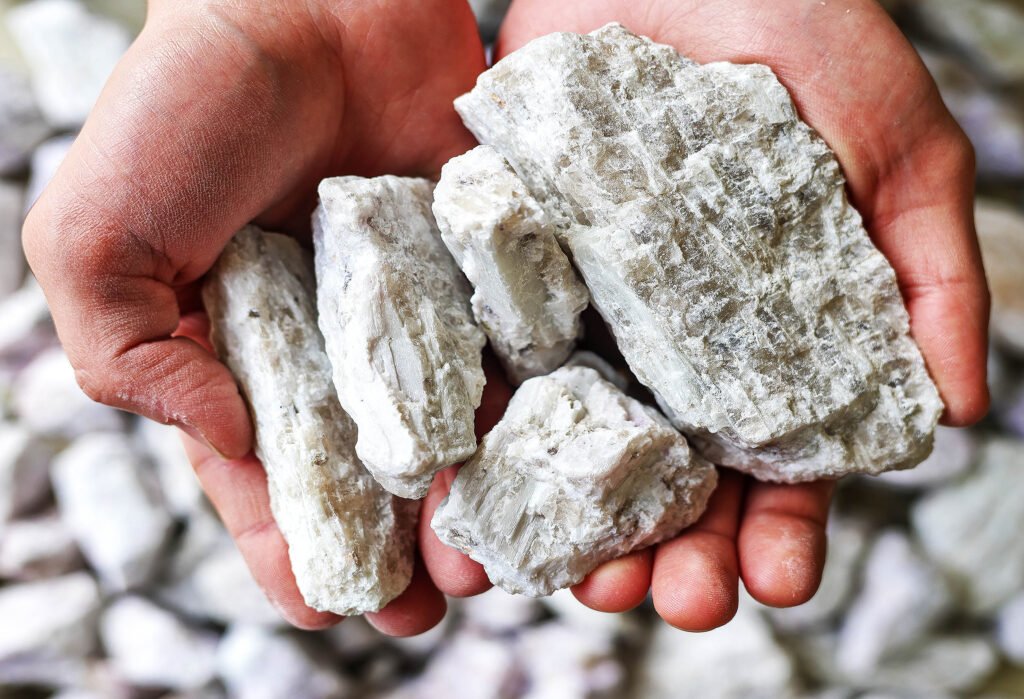
Lithium mineral deposits are naturally occurring concentrations of lithium-bearing materials that can be economically extracted. As the demand for lithium surges—driven by electric vehicles, renewable energy storage, and consumer electronics—understanding the types and global distribution of these deposits is essential.
Here’s a detailed overview of lithium mineral deposits, including their classifications, major locations, and extraction methods.
1. Types of Lithium Mineral Deposits
There are three primary geological sources of lithium:
- Hard Rock Pegmatites: Lithium is found in minerals like spodumene, lepidolite, and petalite, typically within granite-rich pegmatites.
- Brine Deposits: Lithium is dissolved in salt-rich underground waters, commonly found in salt flats (salars) and closed basins.
- Clay Deposits: Lithium is adsorbed onto clay minerals and can be extracted using acid leaching or other chemical processes.
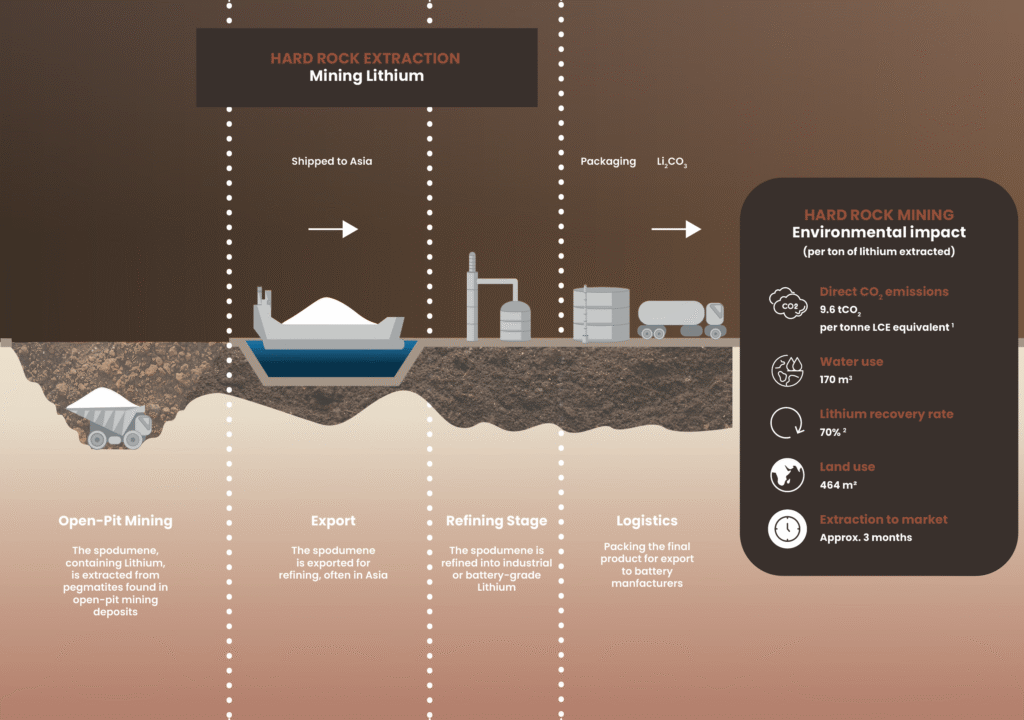
2. Hard Rock Lithium Deposits
Hard rock lithium deposits are mined using traditional open-pit or underground methods. These deposits are rich in lithium-bearing minerals like spodumene.
- Key Locations:
- Australia (Greenbushes Mine – world’s largest)
- Canada (Quebec and Manitoba)
- Brazil (Minas Gerais)
- Zimbabwe (Pete lithium mine)
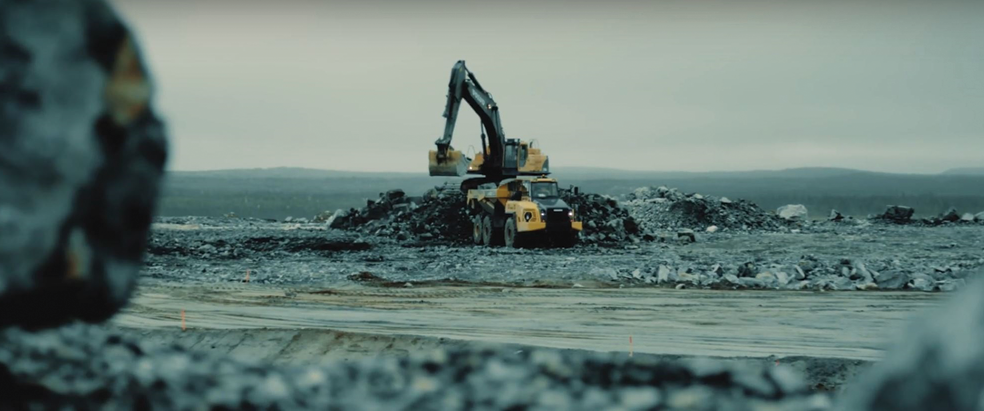
3. Lithium Brine Deposits
Brine deposits are the most cost-effective source of lithium. Lithium is extracted by pumping brine into evaporation ponds, where water evaporates over several months, concentrating the lithium.
- Key Locations:
- Chile (Salar de Atacama)
- Argentina (Salar del Hombre Muerto)
- Bolivia (Salar de Uyuni – world’s largest but underdeveloped)
- United States (Clayton Valley, Nevada)
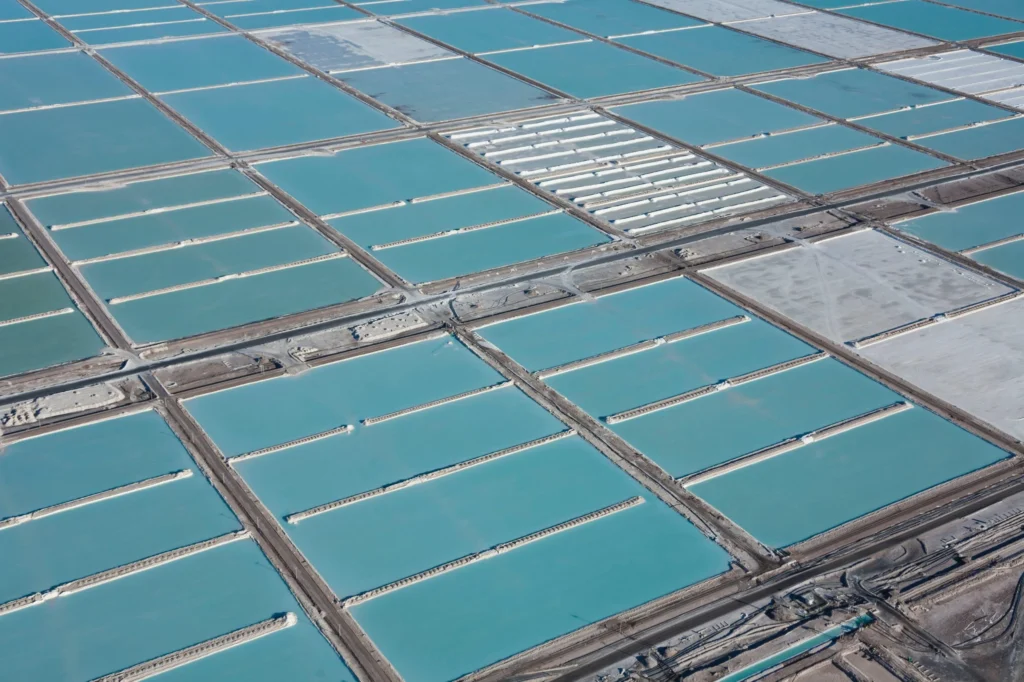
4. Clay Lithium Deposits
Clay deposits represent a newer and growing source of lithium. Lithium is bound to clay minerals and extracted using acid leaching or direct extraction methods.
- Key Locations:
- United States (Nevada, Oregon)
- Serbia (Jadar Valley)
- China (Qinghai and Tibet)
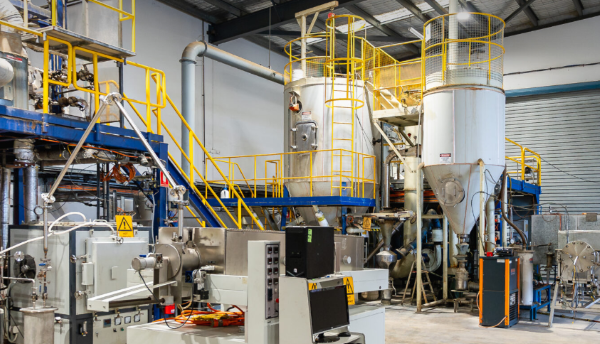
5. Global Lithium Reserves and Production
The top lithium-producing countries include:
- Australia – Leading in production from hard rock
- Chile – Leading in reserves from brine
- China – Dominates lithium refining and has mixed sources
- Argentina – Expanding brine production
- United States – Developing clay and geothermal sources
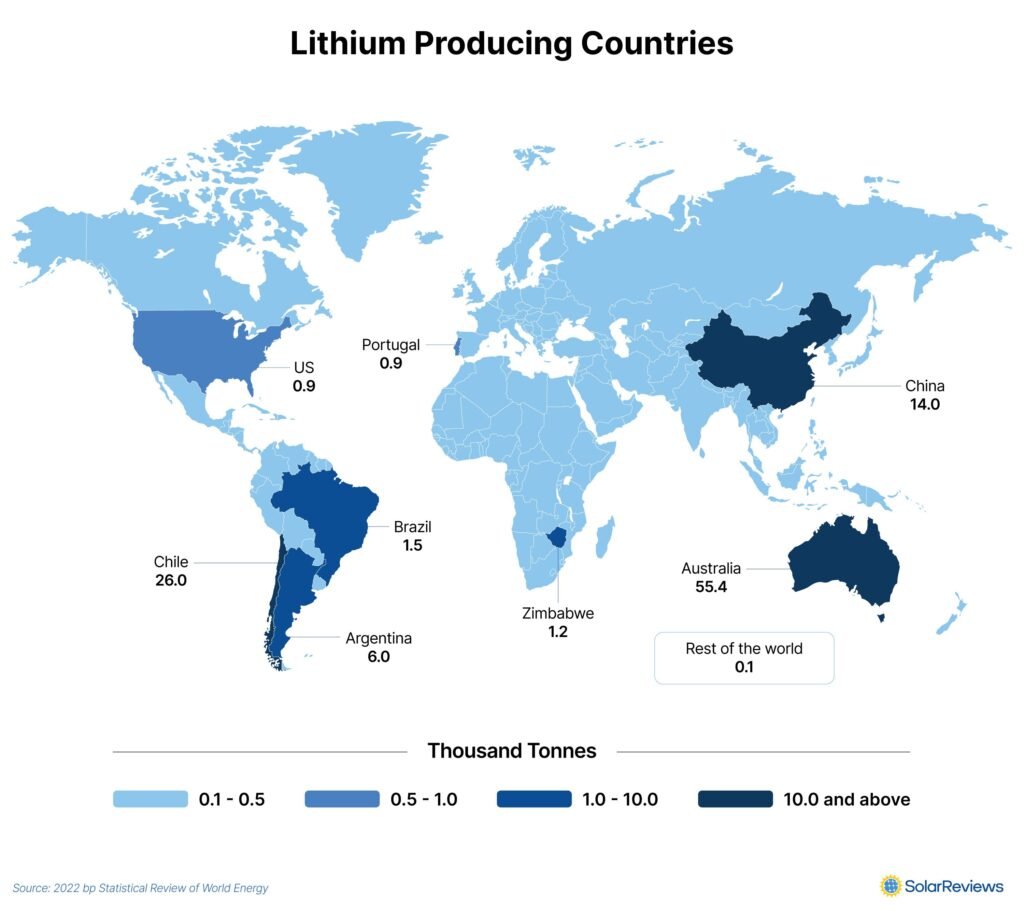
FAQs
Q1: What are the main types of lithium deposits?
A1: The main types are hard rock pegmatites, brine deposits, and clay deposits.
Q2: Where are the largest lithium deposits located?
A2: The largest are found in Chile (brine), Australia (hard rock), and Bolivia (brine).
Q3: How is lithium extracted from brine?
A3: By pumping brine into evaporation ponds where water evaporates, leaving behind concentrated lithium salts.
Conclusion
Lithium mineral deposits come in various forms—hard rock, brine, and clay—each with unique extraction methods and economic viability. As global demand for lithium continues to grow, diversifying sources and developing new extraction technologies will be key to ensuring a stable and sustainable supply.

